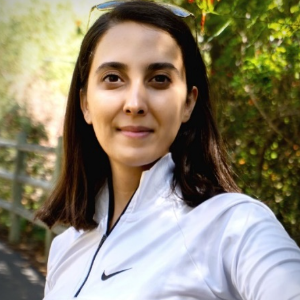Title : Understanding the barriers of technology implementation and data communication to improve the quality safety and effectiveness of remote healthcare: A qualitative study
Abstract:
Purpose
A series of semi-structured focus interviews were conducted to understand the efficient implementation and integration of health monitoring devices in communities. Furthermore, we aimed to identify barriers to accepting technologies and issues of most concern for potential users.
Background
The implementation of intelligent technology can enable continuous health monitoring and screening for preventative care. Furthermore, intelligent technologies may facilitate communication between clients and healthcare providers, increasing the accessibility of preventive health services, improving adherence to health recommendations, and reducing the need for emergency and specialty services. Acknowledging these potential benefits, the design of health monitoring devices compatible with users' needs will play an essential role in the overall success of remote health services.
Methods: Four semi-structured focus interviews were conducted in collaboration with Meals on Wheels (MOW), a community-based agency focused on addressing food insecurity. Potentially interested participants were screened, interviewed, and assigned to specific sub-groups: registered practitioners (N = 4), community health workers (CHWs) (N = 8), MOW's client (N = 1), and family caregivers (N = 2). Interviews were conducted in English and person at MOW's facility in Santa Ana, CA. Transcripts were cleaned, and qualitative coding was done by three individual researchers to determine key themes.
Results: As a result of a complete analysis of transcripts, the main themes of participants' perspectives were extracted.
Health monitoring devices' accessibility and comfort level: Complications of devices and clients' resistance due to dementia or age-related issues might restrict health monitoring device usage. However, the availability of other technologies such as internet or smartphones, defining caregivers and providers as the primary users instead of clients, and instructional videos enhance the accessibility of health monitoring devices.
Additionally, devices' comfort level factors, considerations for physical disabilities such as arthritis, and charge holding must be noticed.
The functionality of the technology: Health issues that would benefit from continuous real-time monitoring in order of the most requested were blood pressure, blood sugar, heart rate, respiratory function, quality and quantity of sleep, mood, and depression score.
In addition, critical functions in the app include fall detection, EMS button, and a button for inform MoW's staff about client's condition like "fall," "trip to ER" and "hospitalization."
Designing multiple options to enter data and reduce typing for caregivers and providers to decrease their workload, and simple buttons with visual scales and emojis for patients could be beneficial.
Data access and privacy issues: Due to the data privacy issues, the data should immediately be transferred to secure encrypted clouds and provide access to recipients via a temporary password for a limited time regarding different levels of authorization for different users defined by the primary caregiver or the client's permission.
Workflow Impact :Technology would help with CHW's paperwork responsibilities via charting data directly to the system and real-time communication/referral.
Socio-Cultural-Human Considerations of using technology: Clients' resistance due to language, culture, and lack of knowledge about the implications of technology are possible barriers. However, Excessive reliance on technology could decrease the clients' social interactions and the frequency of MoW visits.



